08:57
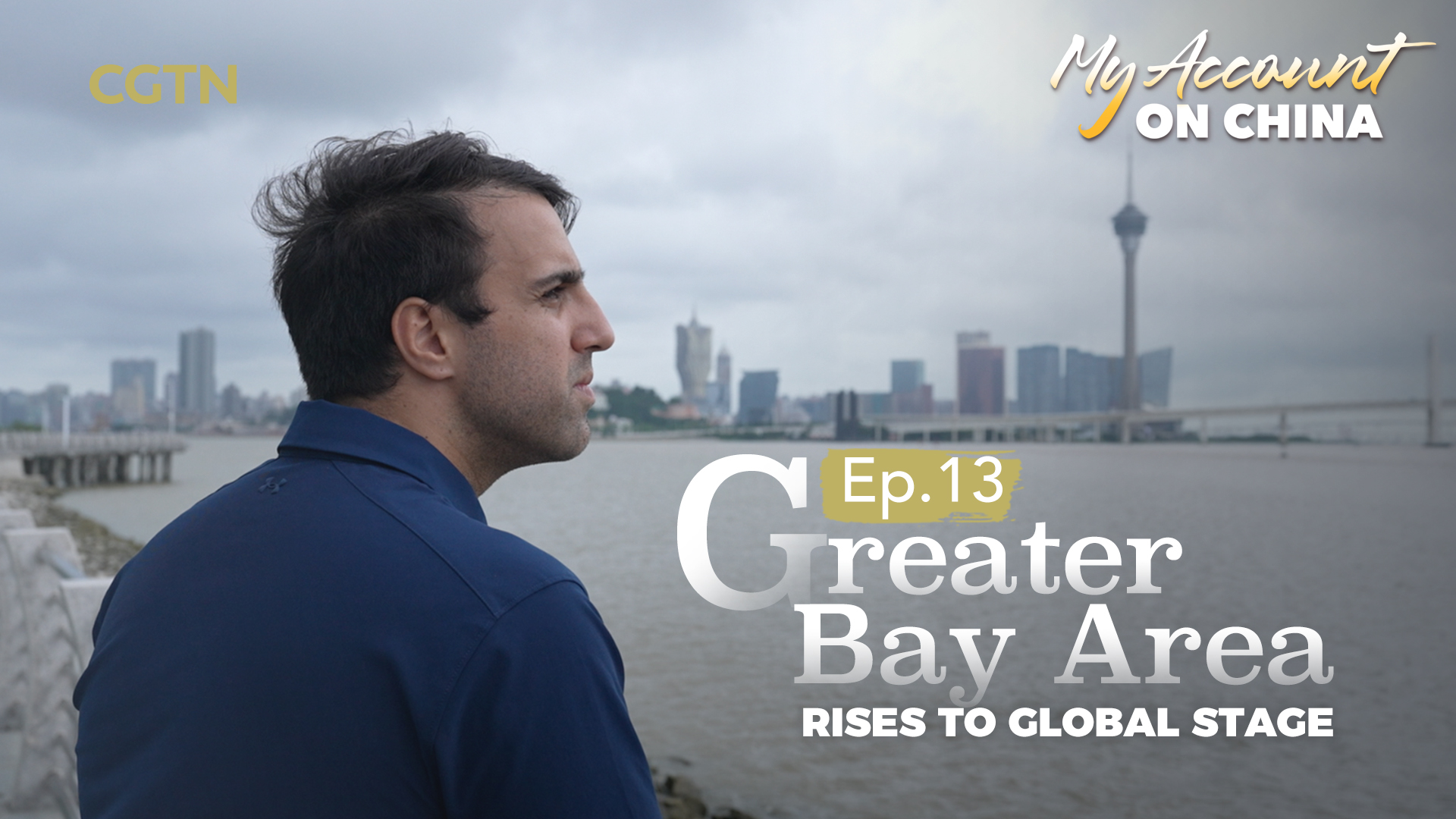
An area spanning 56,000 square kilometers, and home to 86 million people, the Greater Bay Area (GBA) is a key national development area defining the Pearl River Delta and parts of south China's Guangdong Province.
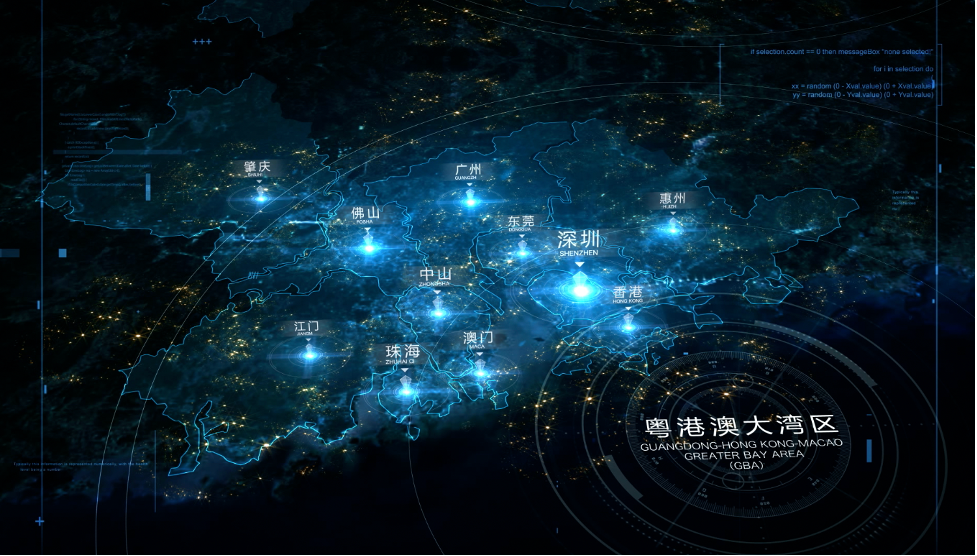
The Greater Bay Area encompasses the majority of Guangdong Province, Hong Kong and Macao. /CGTN
The Greater Bay Area encompasses the majority of Guangdong Province, Hong Kong and Macao. /CGTN
Seen as an up-and-coming economic zone, often compared to the world's three other bay areas, those being New York, San Francisco and Tokyo, the GBA encompasses nine cities and two special administrative regions (SARs).
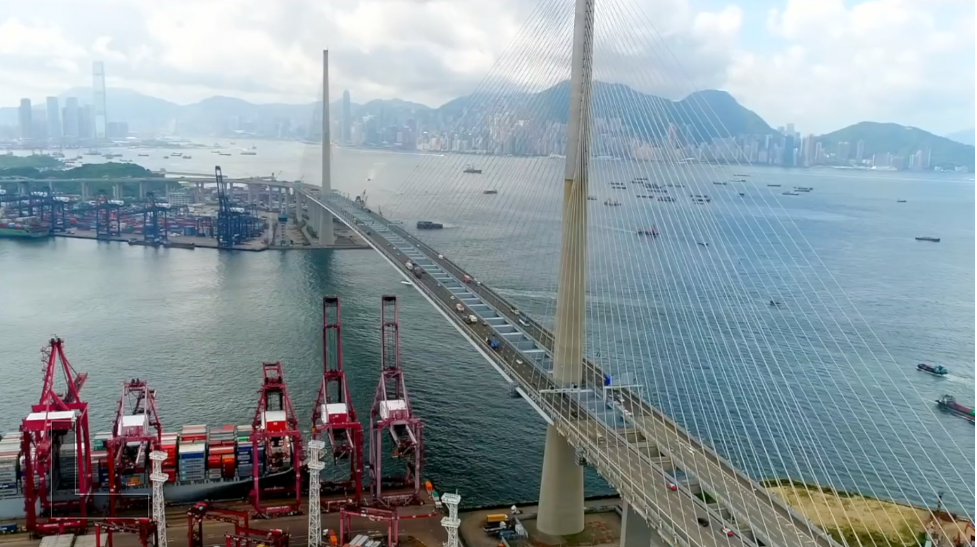
Hong Kong's role as a logistics hub is vital to enabling the GBA's economic goals. /CGTN
Hong Kong's role as a logistics hub is vital to enabling the GBA's economic goals. /CGTN
For years the GBA has received growing attention and support from both local and central authorities, promoting it to be an integrated zone between the Chinese mainland, Hong Kong and Macao. An influx of Hong Kong and Macao entrepreneurs has entered the mainland market, and vice versa – all with the hopes of forming an economic platform that will advance key sectors and industries. And it is not only a domestic transformation, but also an internationally geared project aiming to attract global investors and businesses.
Throughout Guangdong are start-up incubators and hubs for young entrepreneurs coming from across the region, specifically Hong Kong and Macao.
One such example is the Qianhai Shenzhen-Hong Kong Cooperation Zone, also known as the Dream Factory. It is a place I've visited on multiple occasions, having spoken with investors and young business leaders.
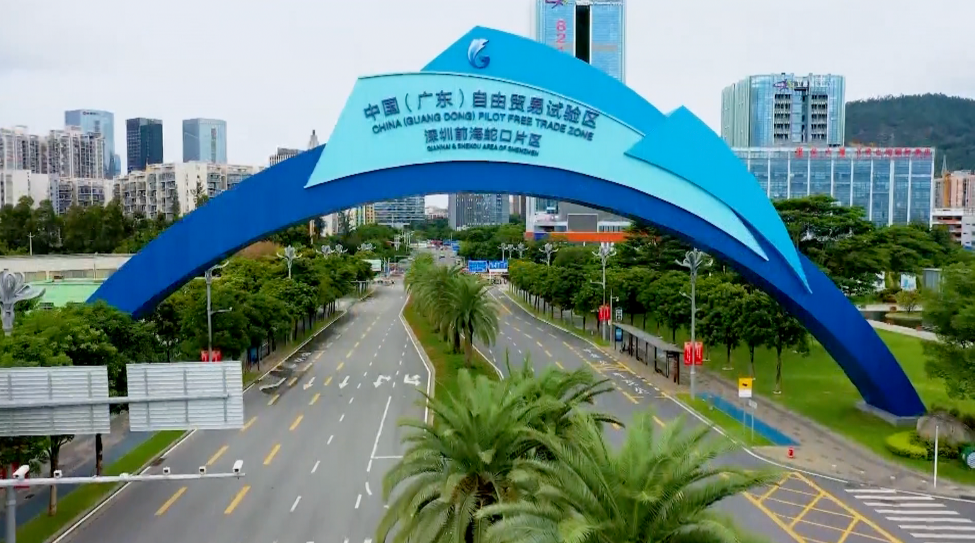
Qianhai has seen a growing number of Hong Kong businesses coming to the Chinese mainland. /CGTN
Qianhai has seen a growing number of Hong Kong businesses coming to the Chinese mainland. /CGTN
My tour of the GBA begins here, where I meet with Guo Weiqiang, the co-founder of a company that produces and designs smart suitcases – products that are sourced entirely from the GBA.

Guo Weiqiang shares his experience as a Hong Kong local doing business in Shenzhen. /CGTN
Guo Weiqiang shares his experience as a Hong Kong local doing business in Shenzhen. /CGTN
He is one of a few entrepreneurs that met with Chinese President Xi Jinping back in 2012, when major focus and support from the country's top leadership zoned in on the GBA.
From policies, financial support, subsidies and preferential tax arrangements, Guo tells me it is precisely this range of facets that define the GBA and make it a viable place for development.
The proximity to Hong Kong is also another major factor, allowing businesses to tap into financial markets while also making use of Guangdong's manufacturing and industrial prowess.
Guo adds that the competitive advantages of Shenzhen and the GBA mainly come from the ability to source components in an efficient and timely manner. Everything is readily available, with quality being no issue. Guo's sentiment and views resonate with what President Xi said about the Dream Factory – a place where dreams can come true.
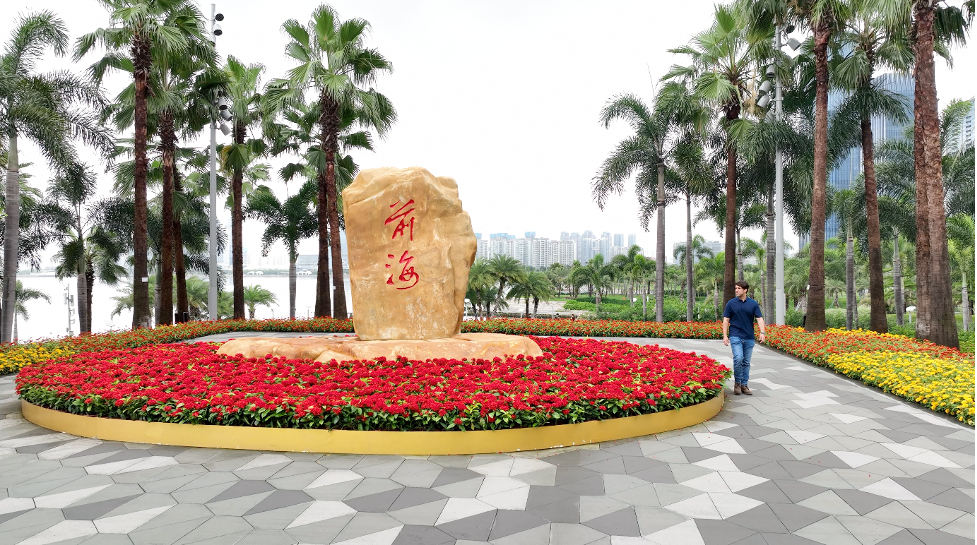
An iconic stone structure with the Chinese character "Qianhai" engraved upon it, Shenzhen, Guangdong Province, China. /CGTN
An iconic stone structure with the Chinese character "Qianhai" engraved upon it, Shenzhen, Guangdong Province, China. /CGTN
Connectivity of the regions is something Guo believes to be an underlying reason for those willing to establish their business here. The flexibility of being able to get to and from Hong Kong are vital for people in Guangdong.
With a third round of funding already complete, and with two patents under his belt, Guo's business is hitting its stride as the company continues expanding and growing in Shenzhen.
But it is not all about Shenzhen. There are eight other cities at the heart of the GBA initiative, and another one is Zhuhai, bordering the SAR of Macao. There too exists a complementary synergy similar to what is seen between Shenzhen and Hong Kong.
My next stop takes me there, where I visit a traditional Chinese medicine (TCM) park established under the Guangdong-Macao Cooperation Framework Agreement.

Hengqin continues to see new policies and development support for attracting Macao investors. /CGTN
Hengqin continues to see new policies and development support for attracting Macao investors. /CGTN
Here I meet with Gong Yuanxiang, the co-founder and CEO of Zhuhai Hengqin Haomai Technology. She has been working at this TCM park for nine years, having started her own enterprise three years ago. Much of the drive to become her own business owner is due to favorable policies within the area. She tells me it is also because of the motivation she received after meeting Chinese President Xi.
So far 220 registered enterprises have made Zhuhai their home, with 54 of them hailing from Macao. Hengqin, situated in Zhuhai, has the largest number of Macao-invested enterprises. And according to the Park's deputy CEO, this is because of the one-stop services made available to Macao entrepreneurs. The support, product development and various platforms that take concept to market, are major reasons for the area's attractiveness.
Experts forecast that by 2030, it will be the fifth largest economic area in the world. And with the continued support of the central government, the GBA has the potential to become the most connected and competitive economic area in the world.
(Xi Jia, Feng Yilei and Zhu Longzhou also contributed to this story)

